On 17 October 2025, credit rating agency Standard & Poor’s downgraded France’s sovereign rating from “AA-” to “A+”, less than a month after Fitch Ratings took a similar step. While not entirely unexpected by seasoned observers, this dual downgrade sends a clear warning signal about the second-largest economy in the eurozone, grappling with deteriorating fiscal fundamentals and chronic political instability.
A Degraded Fiscal Trajectory
Rating agencies cite a deteriorating and increasingly uncertain medium-term fiscal outlook. France’s public deficit is projected to remain at 5.4% of GDP in 2025, far above the 3% ceiling enshrined in EU fiscal rules. Meanwhile, public debt could surge to 121% of GDP by 2028, driven in part by interest payments already estimated at €55 billion for 2025.
This French credit downgrade comes as debt sustainability reemerges as a key concern among macro strategists, particularly as the ECB’s tightening cycle has substantially raised sovereign borrowing costs across the eurozone.
Political Gridlock and Regulatory Uncertainty
Beyond the fiscal indicators, agencies underline persistent institutional fragility. Since the 2022 parliamentary elections, France has operated without a clear majority in the National Assembly, complicating any effort to implement structural reforms. Successive minority governments and sporadic reliance on Article 49.3 of the Constitution underscore a political stalemate, casting doubt over any credible fiscal adjustment.
The run-up to the 2027 presidential election is further dampening reform momentum. Politically sensitive issues such as pension reform and public spending are being deferred, reinforcing market scepticism.
Fiscal Sovereignty Under Pressure
France now shares a credit bracket with countries like Spain and Portugal, losing symbolic and practical ground against higher-rated peers like Germany and the Netherlands. This repricing of French sovereign risk is likely to trigger portfolio adjustments by institutional investors bound by minimum credit thresholds.
Yield spreads on French government bonds (OATs) versus German Bunds have already widened past 80 basis points. Should this risk premium persist or grow, it could hinder public investment and raise France’s exposure to global funding conditions.
European and Strategic Implications
The French credit downgrade cannot be viewed in isolation from its European context. It weakens the Franco-German axis at a time when debates over reforming the EU’s fiscal framework are intensifying. France’s budgetary fragility may limit its leadership capacity in key EU initiatives, from defence to green and digital investments.
On the geopolitical stage, a fiscally weakened France could face constraints in asserting its diplomatic and military influence, just as global tensions escalate across Ukraine, the Middle East and the Indo-Pacific
The French credit downgrade is less a surprise than a symptom of an increasingly intractable dual crisis, economic and political. While France retains structural buffers (economic scale, domestic savings, euro area backing), its current trajectory is raising concern not only for its fundamentals, but also for its apparent inability to adjust course.
Moody’s upcoming verdict on 24 October 2025 may reinforce this trend or offer temporary relief. Either way, the credibility of France’s entire economic strategy is now under scrutiny.


